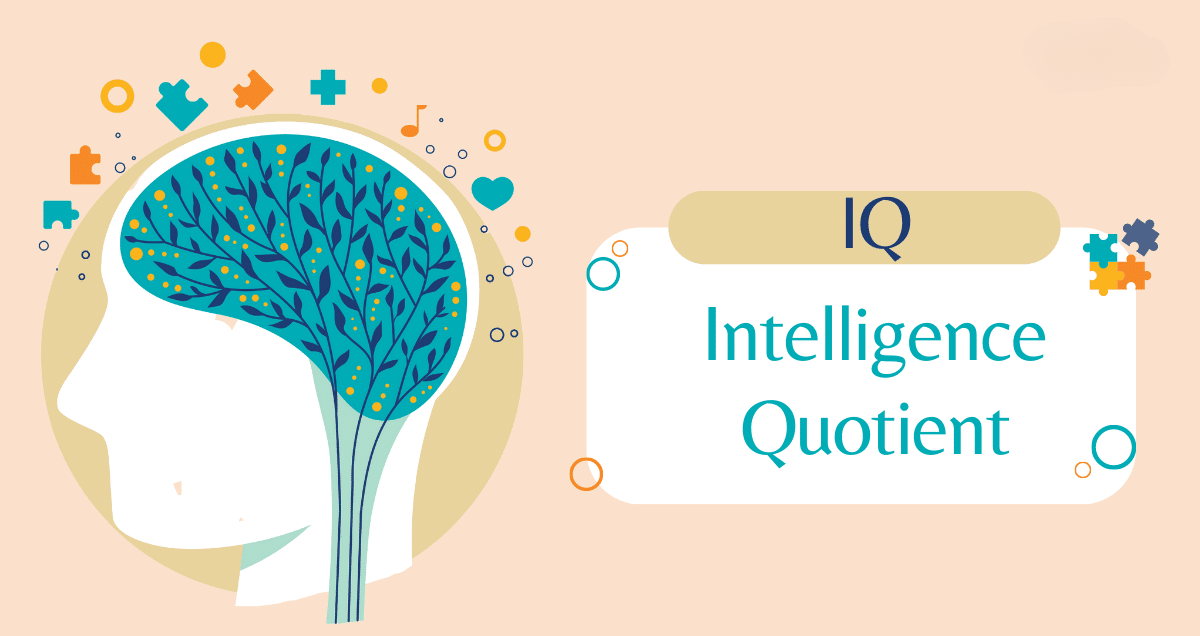Full Form of IQ is Intelligence Quotient, is a term that has become synonymous with intelligence and cognitive abilities. But what does IQ really mean? What is its full form, and how is it calculated? In this article, we will delve into the history of IQ, its definition, calculation, types, and implications, providing a comprehensive understanding of the concept.
History of IQ
The origins of IQ can be traced back to the late 19th century when French psychologist Alfred Binet was commissioned to develop a method to identify children who required special education. Binet’s work laid the foundation for modern intelligence testing, and his ideas were later refined by German psychologist William Stern, who coined the term “Intelligence Quotient is full form of iq” in 1912. The concept of IQ gained popularity in the early 20th century, with the development of standardized intelligence tests by psychologists such as Lewis Terman and Charles Spearman.
Definition of IQ
Intelligence Quotient (full form of IQ) is a score derived from standardized tests designed to assess human intelligence. It is a numerical value that represents an individual’s cognitive abilities relative to their age group. IQ tests measure various aspects of intelligence, including verbal comprehension, visual-spatial skills, and working memory. The scores are calculated by comparing an individual’s performance to that of a large sample of people who have taken the test, known as the norming group.
Calculation of IQ
IQ is calculated by administering a series of standardized tests to individuals of different ages and backgrounds. The tests are designed to assess various cognitive abilities, and the results are compared to the norming group. The average IQ score is set at 100, and scores are distributed on a bell curve, with most people scoring between 85 and 115. The calculation of IQ (full form of iq is Intelligence Quotient) involves the following steps:
- Raw scores: The individual’s performance on each test is scored, and the raw scores are calculated.
- Standardization: The raw scores are compared to the norming group, and the scores are standardized to have a mean of 100 and a standard deviation of 15.
- IQ calculation: The standardized scores are then used to calculate the IQ score.
Types of Intelligence
There are various theories and models of intelligence, each proposing different types of intelligence. Some of the most widely recognized include:
- Verbal-Linguistic Intelligence: The ability to use language effectively and to understand written and spoken communication.
- Logical-Mathematical Intelligence: The ability to reason abstractly, think logically, and solve problems.
- Visual-Spatial Intelligence: The ability to think in terms of space and visual imagery.
- Bodily-Kinesthetic Intelligence: The ability to control body movements and to manipulate objects.
- Musical Intelligence: The ability to perceive, create, and appreciate music.
- Interpersonal Intelligence: The ability to understand and interact with others.
- Intrapersonal Intelligence: The ability to understand oneself and one’s thoughts and feelings.
Implications of IQ
IQ scores have been used in various contexts, including education, employment, and research. In education, IQ scores may be used to identify children who require special education or gifted programs. In employment, full form of IQ is Intelligence Quotient scores may be used as a selection tool for certain jobs that require high cognitive abilities. In research, IQ scores have been used to study the genetic and environmental factors that influence intelligence.
Limitations of IQ
While IQ scores provide valuable insights into cognitive abilities, they have several limitations. IQ tests only measure a narrow range of cognitive abilities and do not take into account important factors such as creativity, practical problem-solving skills, and emotional intelligence. Additionally, IQ tests have been shown to be influenced by cultural and socioeconomic factors, which can result in biased scores.
Criticisms of IQ
Full form of IQ has faced numerous criticisms over the years, with some arguing that it is a flawed concept that does not accurately reflect intelligence. Some of the criticisms include:
- Cultural bias: IQ tests are often developed and standardized using predominantly white, middle-class populations, which may result in biased scores for individuals from different cultural backgrounds.
- Contextual dependence: IQ scores can be influenced by a range of contextual factors, including education, socioeconomic status, and access to resources.
- Oversimplification: IQ scores reduce complex cognitive abilities to a single number, which may not accurately reflect an individual’s cognitive abilities.
Conclusion on full form of iq
In conclusion, the full form of IQ represents a complex and multifaceted concept that has evolved over time. Understanding IQ scores and their implications can provide valuable insights into human intelligence, but it is essential to recognize both the benefits and limitations of IQ tests. By acknowledging the complexities of intelligence, we can work towards a more comprehensive understanding of human cognitive abilities. IQ is not the only measure of intelligence, and there are many different types of intelligence that cannot be captured by a single score. By recognizing the limitations of IQ, we can strive to develop more inclusive and comprehensive measures of intelligence that acknowledge the diversity of human cognitive abilities.
